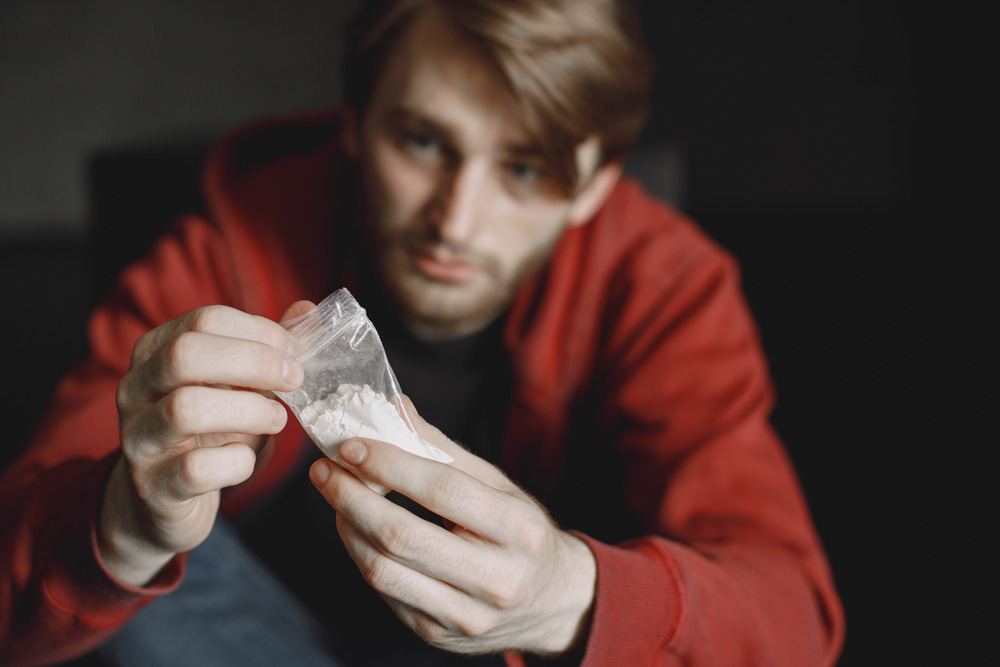
Ketamine use and abuse in teenagers can cause harmful short-term and long-term effects on the brain and body, including hallucinogen-persisting perception disorder (HPPD). This hallucinogenic drug, while approved for medical use, has become well-known for its misuse and abuse in the club and rave scene, primarily among young adults and teenagers.
What is Ketamine?
Ketamine is an anesthetic drug that began as an injectable, short-acting anesthetic for humans and animals administered by healthcare professionals. In the late 90s, ketamine was labeled a Schedule III non-narcotic substance under the Controlled Substances Act, with approved medical use for short-term sedation and anesthesia. In 2019, an FDA-approved nasal spray version of esketamine (Spravato), which is the S enantiomer of ketamine, emerged in conjunction with an oral antidepressant for treatment-resistant depression (TRD). While medically approved for the treatment of depression and TRD, ketamine’s potential for abuse and misuse has restricted availability through a Risk Evaluation and Mitigation Strategy (REMS) system.

Recreational ketamine or illicitly-produced ketamine has become widely abused among teenagers and young adults for its dissociative and hallucinogenic properties. Hallucinogenic drugs, such as LSD, PCP, or psilocybin mushrooms, produce psychoactive effects and alter the user’s perception of reality. Ketamine’s street drug names are vitamin K, super K, special K, super C, and K.
The effects of ketamine can include:
- Hallucinations
- Distorted perception of sight and sound
- Dissociation
- Dizziness
- Decreased sensitivity
- Anxiety
- Increased blood pressure
- Agitation
- Cognitive difficulties
- Depression
- Suicidal thoughts
- Unconsciousness
- Amnesia
- Muscle stiffness
- Rapid eye movement
- Dilated pupils
- Nausea
- Hallucinogen-persisting perception disorder (HHPD)
The effects of ketamine misuse and abuse in teenagers may have a more profound impact in the short and long term.
The Impact of Ketamine Use on the Brain and Body in Teens
The illicit use of hallucinogenic or dissociative drugs like ketamine can induce a range of long and short-term effects on users, especially teenagers. With teenagers and young adults attending numerous parties, raves, or festivals, the use of club drugs and rave drugs is increasing and becoming normalized. Some individuals believe they need a hallucinogen such as ecstasy, psilocybin, or ketamine to enjoy themselves, leading to repetitive and long-term use. In low doses, ketamine’s euphoric and dissociative effects someone experiences are also referred to as “k-land.” In high doses, the effects are immobilizing, a state known as being in a “k-hole.”

Depending on a range of factors, ketamine toxicity can cause short and long-term psychiatric, neurological, cardiovascular, abdominal, and urogenital effects in teenagers.
The Short-Term Effects of Ketamine Toxicity on the Brain and Body
Ketamine’s short-term effects on the brain can cause cognitive impairments, including confusion, disorientation, and memory lapses. Since the teenage brain is still developing, ketamine exposure can disturb normal brain maturation, exacerbating cognitive and emotional impairments in teens. As a hallucinogenic, ketamine induces profound and potentially disturbing visual and auditory hallucinations. Some users enter a dissociative state, resulting in a sense of detachment and euphoria. Ketamine can increase feelings of happiness or well-being but can also cause severe anxiety, panic attacks, and depression.
As a result of these mental health and psychotic issues, teens struggling with ketamine abuse may begin to isolate themselves and withdraw from friends, family members, and social interactions. Teenagers who abuse drugs may experience a decline in their social development as well as their academic performance and school attendance.
Teenagers may also experience impaired motor function, heightening their risk of accidents and injuries. Ketamine stimulates the cardiovascular system, increasing heart rate and blood pressure. High doses of ketamine may also cause slow or shallow breathing, also known as respiratory depression. Nausea and vomiting, often followed by dehydration, are common side effects of ketamine abuse on the body.
Ketamine’s Long-Term Consequences for Teenagers
The long-term effects of ketamine toxicity in teenagers can be severe and persistent, potentially leading to irreversible damage. Hallucinogen-persisting perception disorder (HPPD) can develop with long-term abuse of hallucinogenic substances like ketamine. The Diagnostic and Statistical Manual of Mental Disorders, fourth revised edition (DSM-IV-R) classifies HPPD as a long-lasting disorder where individuals continuously experience visual or sensory hallucinations reminiscent of hallucinogenic intoxication. Ketamine abuse in teenagers, over time, can lead to the development of HPPD.

The neurological damage from ketamine abuse can lead to cognitive decline and neurotoxicity in teenagers. This can lead to impairments in memory, attention span, and the ability to think and make decisions. Chronic use of ketamine can cause adverse functional and structural changes in the brain, leading to neurotoxicity, which can impair areas corresponding with memory and executive function. The long-term abuse of ketamine can induce paranoia, delusions, hallucinations, depression, anxiety, and the development of dissociative disorders.
One of the most severe side effects of long-term ketamine misuse is sterile ulcerative cystitis, which is a chronic condition characterized by toxic damage to the urinary tract. Ketamine-associated ulcerative cystitis in teenagers can cause frequent and painful urination, urgency, ulceration, and reduced bladder capacity. Liver toxicity and damage are common amongst long-term drug users and people with substance use disorders (SUDs). The abdominal pain from chronic ketamine abuse, also known as “K-cramps,” can be a cause of ketamine cystitis or gastric and hepatic pathology. Ketamine toxicity, especially for teenagers, can affect physical development by causing muscle weakness and reduced stamina.
Treatment and Recovery for Ketamine Abuse and Dependence in Teens
Teens struggling with short or long-term abuse of ketamine may develop a physical and psychological dependence on ketamine. A professional drug detox center in Stuart, FL, can help individuals struggling with drug abuse undergo the ketamine detox process. Teenagers detoxing from ketamine may experience withdrawal symptoms such as physical pain, anxiety, depression, nausea, fatigue, and fever. Coastal Detox, our Stuart medical drug detox, ensures that the detox and withdrawal process includes a combination of medical treatment, 24/7 supervision, psychotherapy, and addiction support groups. Addressing ketamine abuse in teens is essential for early intervention and preventing the onset of long-term consequences and health issues.
References:
- United States Drug Enforcement Administration. Ketamine.
- Cleveland Clinic, 2023. Hallucinogens.
- Therapeutic Advances in Psychopharmacology, 2012. Hallucinogen-persisting perception disorder.
- U.S. Food and Drug Administration, 2019. FDA approves new nasal spray medication for treatment-resistant depression; available only at a certified doctor’s office or clinic.
- The British Journal of General Practice, 2023. Ketamine misuse: an update for primary care.
- Cleveland Clinic, 2023. Respiratory Depression (Hypoventilation).
- StatPearls, 2023. Ketamine Toxicity.
- The Malaysian Journal of Medical Sciences, 2010. Ketamine-Associated Ulcerative Cystitis: A Case Report and Literature Review.





